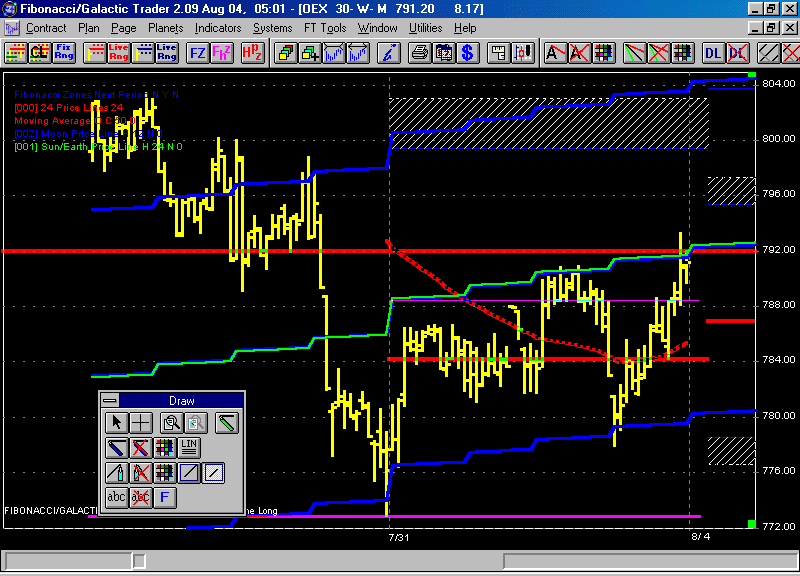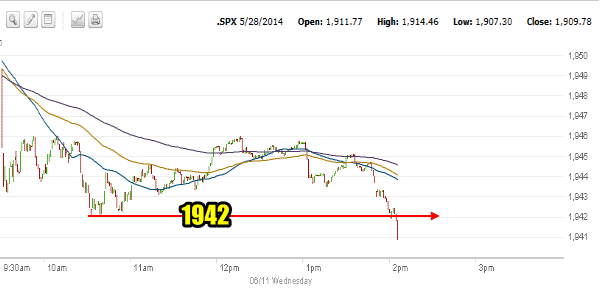Determining Daily IntraDay Direction – Is it possible
Post on: 16 Март, 2015 No Comment

Successful speculation starts with observation. Instead of looking at charts, I have designed a methodology for determining intra-day direction based on ‘measured moves’ and created applications to answer my questions regarding trade-able tendencies and to assist in my research.
The first thought that comes to mind, when considering the question – “Is it possible to determine intra-day market direction”, must be, what is likely to happen by the end of the day? To answer this question with any degree of certainty generally requires an understanding of how often, historically, the Open and Close have been within close proximity, to each other in relation to the overall range of a trading day. If these prices are close in proximity frequently, it would not be possible to determine daily direction, and non-directional patterns of uncertainty, would litter the daily price chart. If these prices are a good distance apart, a reasonable portion of the time, on a daily basis, then it is quite possible that one could calculate a measurement to allow them to determine daily direction, with some degree of certainty. The pattern of uncertainty is called a ‘Doji’, when one looks at a chart. A Doji Pattern is defined as when the Open and Close are ‘virtually equal’. Let’s assume that we want to allow ourselves to determine what uncertainty actually means. For demonstration purposes, let’s define it as being when the relationship of the Open and Close are within 50% of the entire day’s range, from each other. This would be a sign that the market was ‘somewhat’ uncertain about it’s position – Bullish or Bearish.
Expansions and Contractions – The Two Phases of all Markets
In considering the question of what a market will do from Open to Close it is important to consider if a stock / market is in a phase of expansion or contraction. In intra-day trading, all markets have two phases: expansions and contractions; therefore, 50% of the time, the market expands and 50% of the time, the market contracts. What works well in one phase, is not likely to work as well in another phase, because the two are totally opposite in ‘price action’. During times of expansion, it would be reasonable to assume that Breakout Strategies and ‘trend following’ trading styles would have a better opportunity for success. During phases of contraction, Reversal Strategies and ‘reversion to the mean’ trading styles would be better suited. The key is to find which is likely to occur during the next trading day. This can often be achieved by filtering or testing for specific price patterns that occur on the daily charts and determining what patterns indicate which phase, expansion or contraction, is near.

Expansions often occur after periods of consolidation, over any time frame. Contractions occur after periods of expansions as markets have tendencies to thrust and pause. The thrust is the expansion and the pause is the contraction. This phenomenon has been in place as long as markets have been traded. If the market did not expand or contract, it would be predictable. Another factor worth considering is that volume in contractions is often less than volume in expansions.
Historical price movement from Open to Close of a stock is a good predictor of what may happen during a given day. What percentage of the time is the Open of the day, equal to the High or Low of the day? If this value is relatively high – above 3-5%, it is likely that the market may have a higher tendency to trend well on an intra-day basis. Such is the case for some Sector-based ETF’s, which, from my research, have tendencies to be some of the best intra-day trending markets. Market-based ETF’s, such as the SPY . DIA . QQQ tend to have a much lower probability that the Open will be the High or Low for the day. This implies that the Market-based ETF’s will likely need to travel a further distance in Price from the Open before the daily direction is confirmed. It also implies that there is a higher probability of reversal off the Open in market-based ETF’s.














